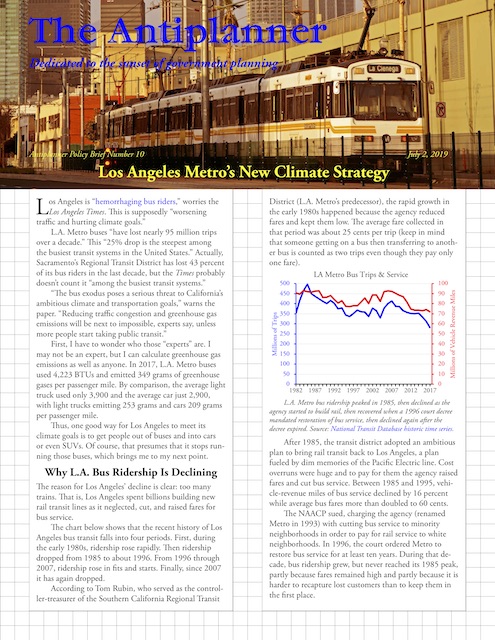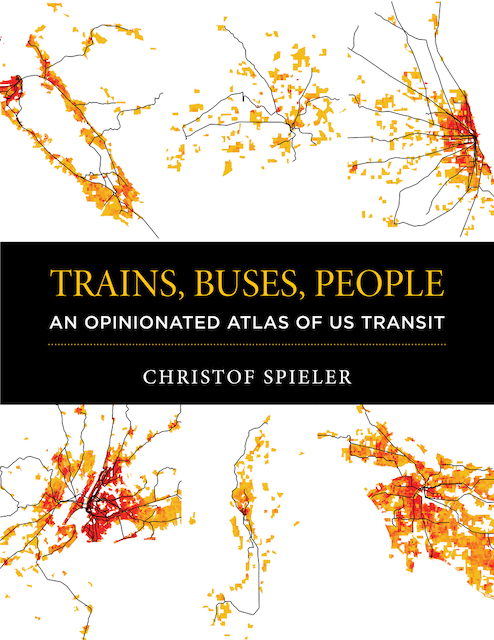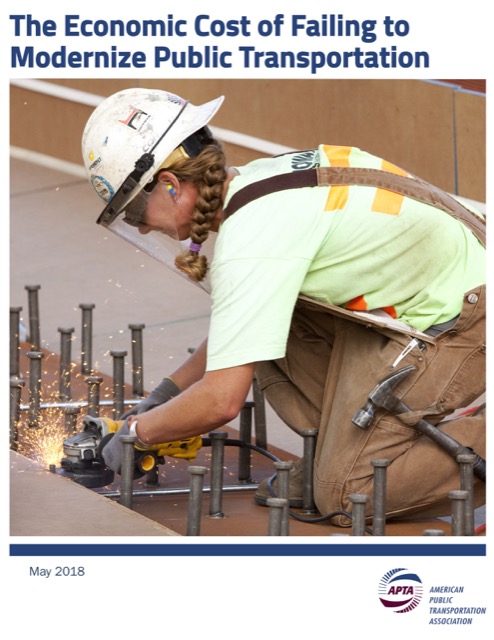In 2016, transit carried less than 12 percent of motorized travel in the New York urban area, 7 percent in San Francisco-Oakland, 4 percent in Honolulu, between 3 and 4 percent in Chicago, Seattle, and Washington, between 2 and 3 percent in Baltimore, Boston, Philadelphia, and Portland, and between 1 and 2 percent in Denver, Los Angeles, Miami, Minneapolis-St. Paul, Pittsburgh, Salt Lake City, San Diego, and San Jose. Just about everywhere else was under 1 percent.
I calculated these numbers using table HM72 of the 2016 Highway Statistics, which the Federal Highway Administration published last month, and the 2016 National Transit Database, which the Federal Transit Administration published last October. I calculated these numbers for the 200 largest urbanized areas and included them in my summary 2016 Transit Database spreadsheet. I also corrected a few other problems with that spreadsheet (some transit agencies were assigned to the wrong urban areas), so if you downloaded it before, you should do so again even if you aren’t interested in total motorized passenger miles.
In calculating total motorized passenger miles, I used total vehicles miles multiplied by the average vehicle occupancy of 1.67. I then added transit passenger miles. There is a slight overlap as bus vehicle miles would have been included in highway vehicle miles, but it is not significant. The results are in columns AL through AQ of rows 3851 through 4050. Continue reading →
 Click image to download a PDF of this policy brief.
Click image to download a PDF of this policy brief.








